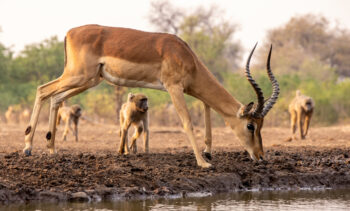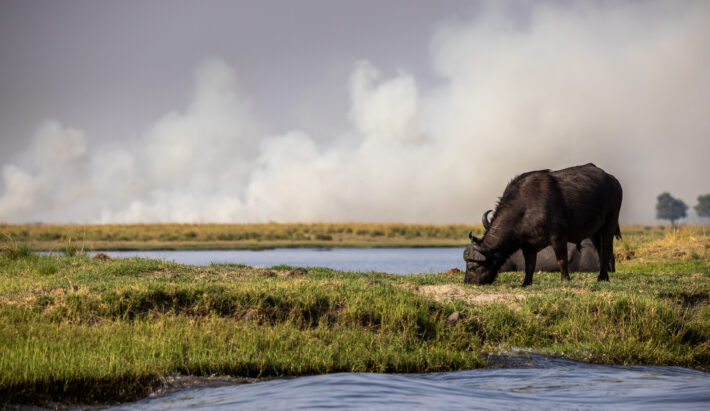
Being spring in Africa the farmers were reading their acreage for planting. In Africa that means burning off leftover grasses and scrub, and. a lot smoke pollution. The fires followed through out out trip, luckily they were generally far enough away so they didn’t impact our photography.
Wildlife needs water to survive, and water is magnet for attracting wildlife. So most good hides are by water, usually a pond, like this one we used.
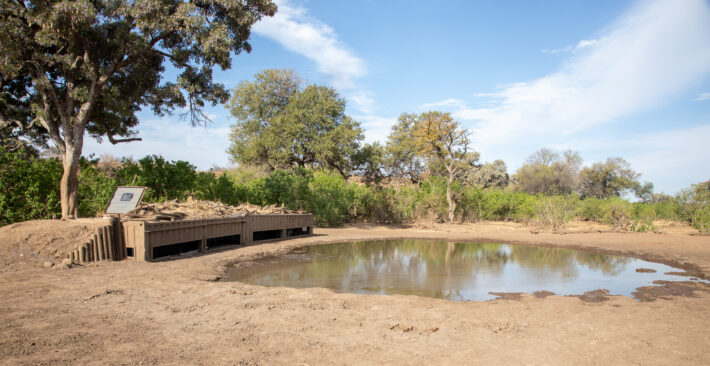
Now for most animals getting low enough to drink is not a problem. But for others with too long legs it is an issue. And since we were at water level, it provided a new perspective . For these impalas it was fairly easy
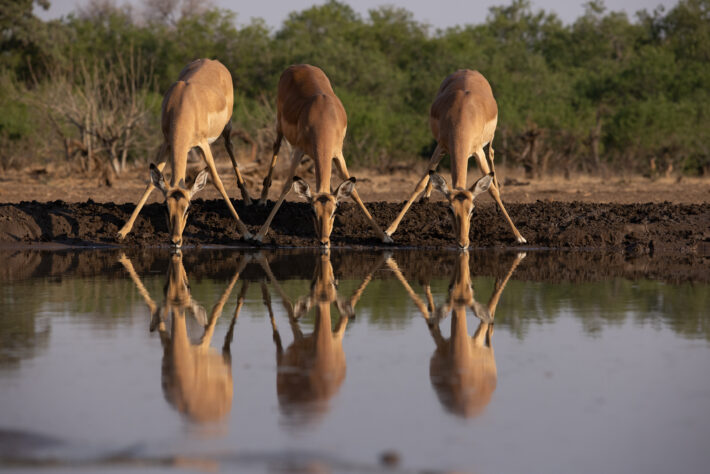
but for the giraffes it is a major endeavor
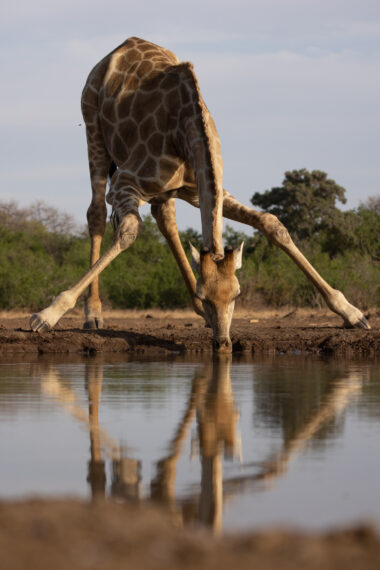
Despite its long length, a giraffe’s neck is not long enough to reach the ground without spreading its legs, at which point it becomes very vulnerable to predators such as lions and leopards. We had giraffes casing the area around the pond for 10 or 15 minutes, and not liking what they saw or heard, leave without taking a drink. While these two young giraffes were very vulnerable, Moma was around and provide protection for them.
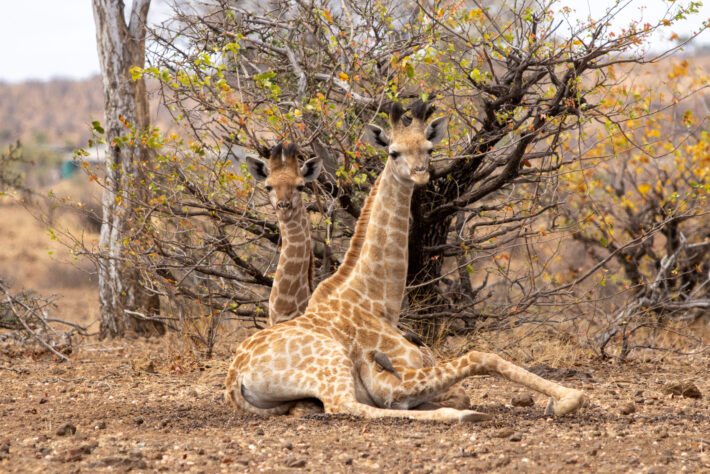
One of the most interesting animal is the Warthog. This member of the pig family is not among the world’s most aesthetically pleasing animals, or to be nonPC about it, it’s ugly (it is one of Africa’s ugly 5 – the others are marabou stork, vulture, wildebeest and hyena).
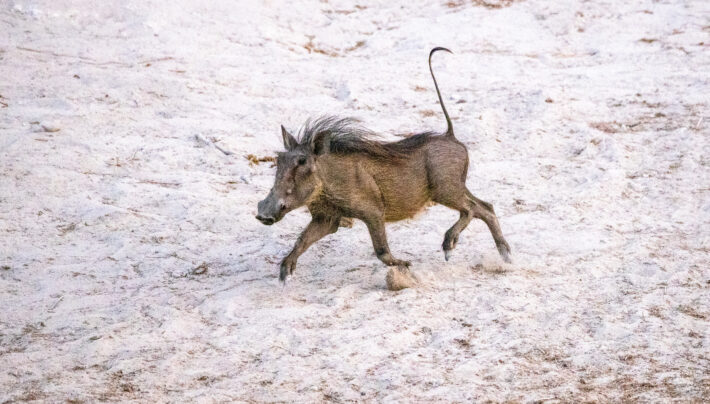
In fact they have a face only a Mother, or Oxpecker would love.
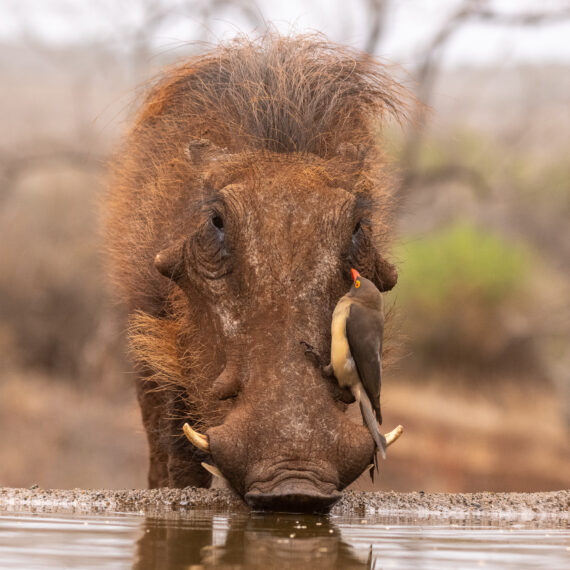
Oxpeckers have symbiotic relationship with many African mammals. They eat ticks and other parasites that live on the animals’ skin. The oxpeckers get food and the beasts get pest control. One of the Oxpeckers favorite hosts is the African buffalo (not water buffalo which are found in Asia)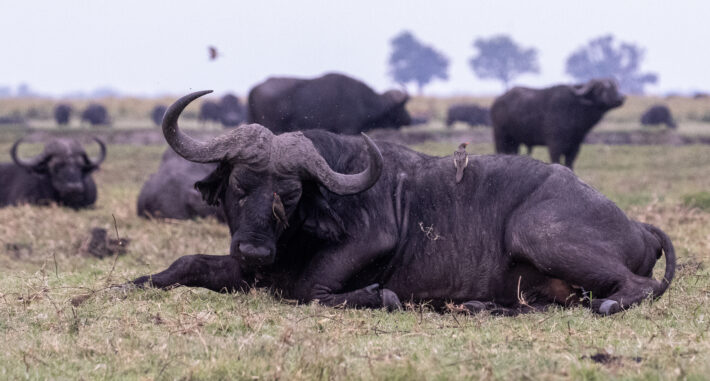
We were lucky enough to have one visit us at a hide, and the water level view was amazing
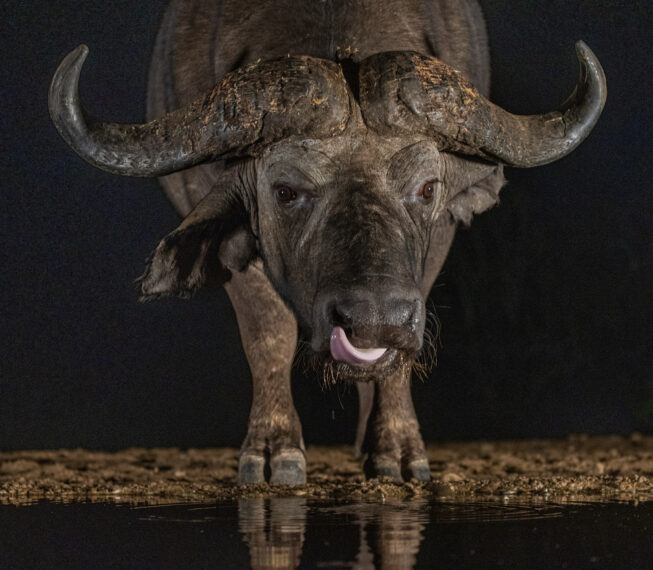
With a trip of over a month and staying a 5 camps, I felt it was too much to put into one report. While each camp had its unique vibe and mix of animals, we saw many animals in multiple camps. So instead of organizing the rest of my report by camp, it is organized by type of wildlife. The links for these reports are below:
Return to Africa https://www.wherearetheynow.today/return-to-africa/
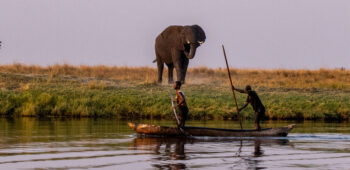
Big Cats https://www.wherearetheynow.today/big-cats/
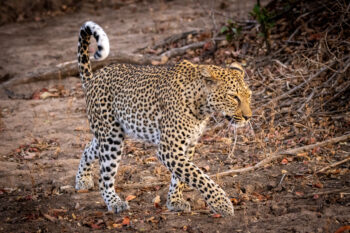
Hippos and elephants: https://www.wherearetheynow.today/elephants-hippos/
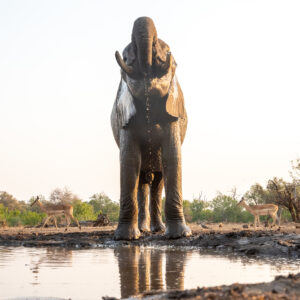
Birds https://www.wherearetheynow.today/african-birds/
)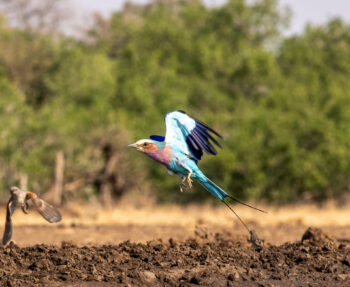
Other wildlife https://www.wherearetheynow.today/more-wildlife/
